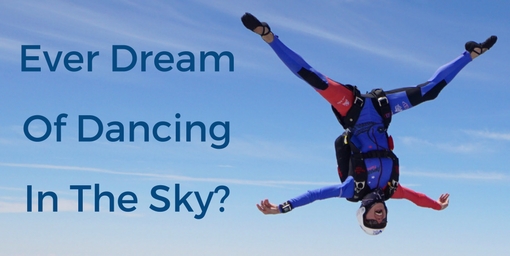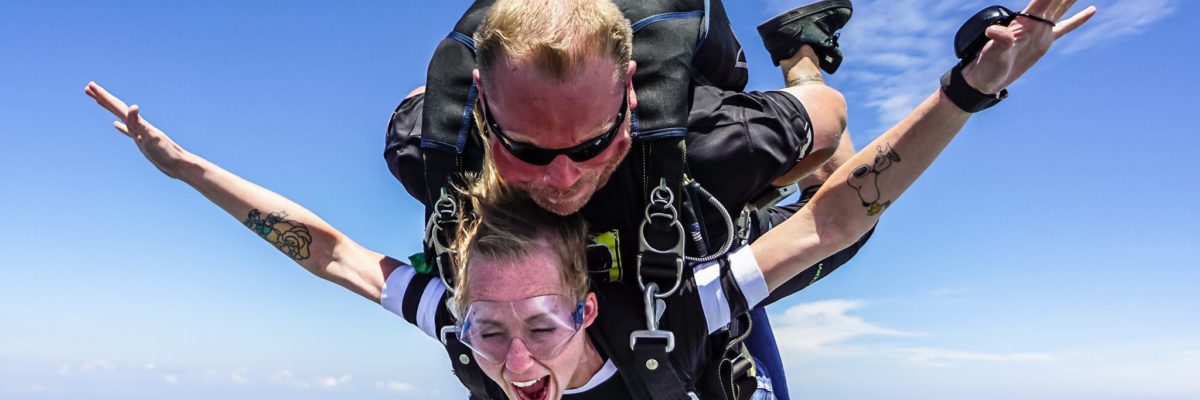
How High Do You Skydive?
Wednesday, May 17, 2023
- Team FlyXP
- 5/17/23
- 0
- General
The altitude of skydiving may seem a bit confusing if you’re looking for a single, definitive answer – and that’s because there isn’t just one answer! Within the skydiving industry, you can see skydiving altitudes ranging from 3,000 feet to 18,000 feet! So, what’s the deal with skydiving altitudes and how high is a typical skydiving jump? We’ve got the info you’ve been looking for right here!
HOW HIGH IS SKYDIVING?
The typical skydiving altitude at most skydiving centers falls between 10,000 feet and 14,000 feet, with the most common altitude being 10,000 feet. The most likely reason why most skydiving centers don’t go above 10,000 feet is because they can’t. The skydiving center must be equipped with the appropriate turbine aircraft in order to reach higher altitudes in a time-efficient and cost-effective manner.
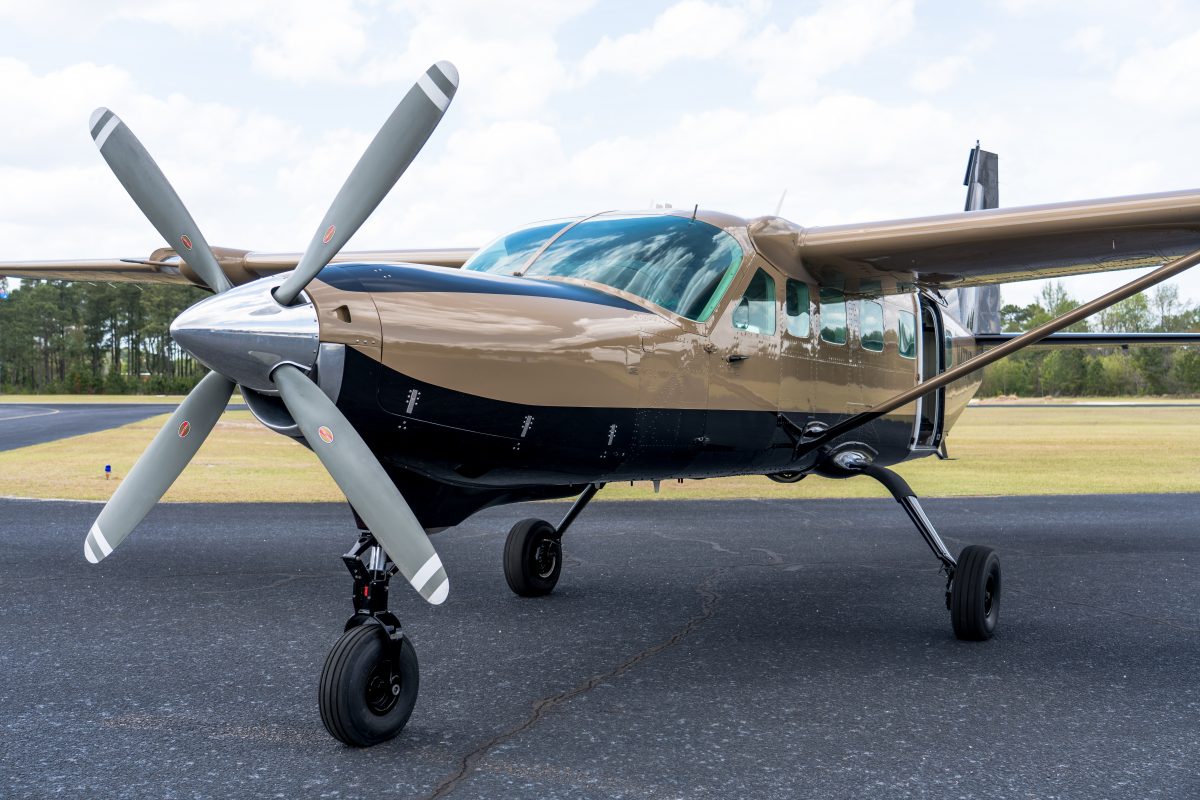
HOW LONG DOES IT TAKE TO FALL 13,000 FT?
After you exit the aircraft, and before you touch down for landing, the skydiving experience can be broken up into two sections: the freefall and the parachute ride. Let’s break down how long each section lasts.
How long is the freefall in skydiving?
Skydivers fall at varying speeds depending on a few variables, but the average tandem skydiver terminal velocity is right around 120 mph. Woo! The typical freefall time from 13,000 feet is about 60 seconds – which doesn’t seem like a lot, but trust us when we say it is plenty for your first time!
How long does it take to reach the ground while skydiving?
After the parachute is deployed, you’ll float under a colorful and perfectly-engineered canopy back down to the ground. The peaceful canopy ride lasts for about five to seven minutes as you take in the sights and soak up the inspiring feat you’ve just accomplished. It doesn’t get better than this!
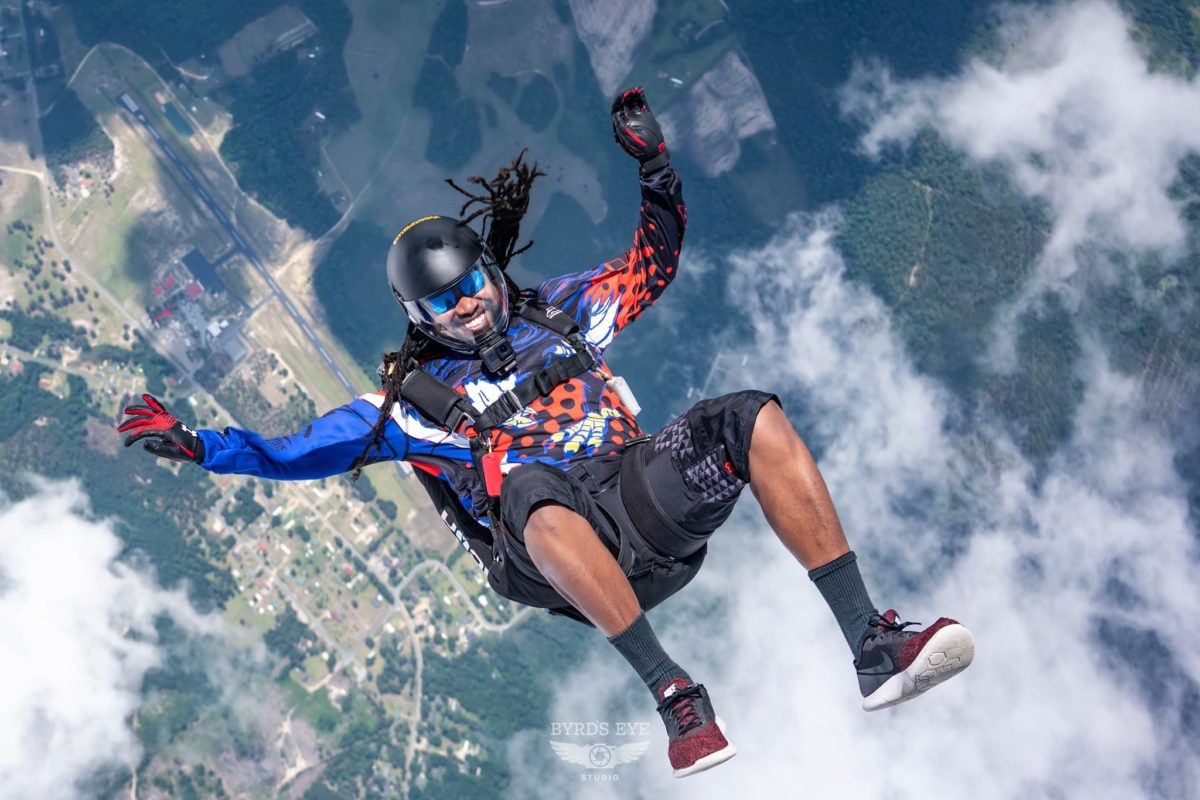
HOW HIGH CAN YOU SKYDIVE WITHOUT OXYGEN?
High altitude skydiving isn’t uncommon. It’s usually performed by highly experienced skydivers who are conducting large formation skydives or other sophisticated accomplishments. Jumping from high altitudes gives skydivers more freefall time in order to achieve their goals.
The United States Parachute Association (USPA) Skydiver’s Information Manual (SIM) states that supplementary oxygen must be available on the aircraft on skydives made from higher than 15,000 feet. Why? At higher altitudes, the gas molecules in the air decreases – making the air less dense or “thinner.”
Thin air exerts less pressure than air at lower altitudes, making oxygen less available for breathing. Those who are exposed to these conditions may experience symptoms of altitude sickness, including headaches, dizziness, and difficulty breathing. Those who are exposed to high altitudes for a longer period of time risk the chance of hypoxia, which can lead to other fatal complications such as High Altitude Pulmonary Edema (HAPE) and High Altitude Cerebral Edema (HACE). Yikes!
In short, high altitude skydiving can be awesome as long as you’re jumping with supplemental oxygen to avoid the risk of injury!
WHAT IS THE LOWEST YOU CAN SKYDIVE FROM?
The minimum skydiving height for most licensed skydivers is between 3,000 and 4,000 feet – known as a “hop & pop” or low altitude jump.
For tandem skydiving, the minimum skydiving altitude is right around 8,000 feet. This gives the tandem instructor enough time to make important “safe-landing” decisions and ensure proper parachute opening, while still giving you a chance to experience the incredible rush of freefall!
Here are the minimum container opening altitudes according to the USPA (the container is the backpack licensed skydiver’s wear that contains two parachutes – a main and a reserve):
- Tandem jumpers – 5,000 feet
- A-license skydivers – 3,000 feet
- B-license skydivers – 2,500 feet
- C & D-license skydivers – 2,500 feet (waiverable to no lower than 2,000 feet)
As you may notice, a jump from lower altitudes leaves little to no freefall time.
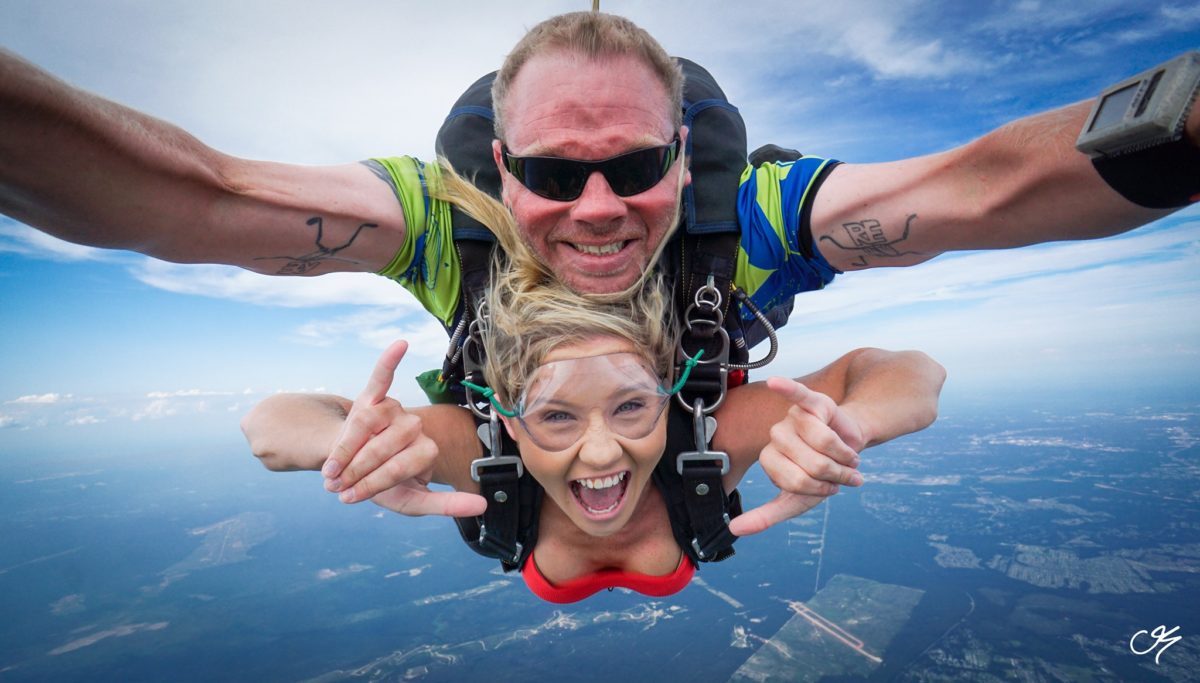
WHAT ALTITUDE DO SKYDIVERS JUMP FROM?
Skydivers jump from various altitudes depending on what exactly they are looking to do in the sky.
Low Altitude Jumps
Skydivers who are focused on practicing their canopy skills will perform hop and pops around 3,000 feet. The reasons for this are that they don’t necessarily need the extra freefall time to focus on canopy skills, and hop and pops tend to be a more cost-effective way to get more jumps in. Those who favor low-altitude jumps are usually canopy pilots, so swoopers and demo jumpers who are focusing on landing accuracy.
Competition Jumps
Competition jumps can be performed at various altitudes. Here are the different disciplines and their required skydiving altitudes, according to the official USPA Skydiver’s Competition Manual:
- Artistic Events (AE) – 13,000 feet
- Formation Skydiving (FS) – 13,000 feet
- Speed Skydiving (SP) – 13,000 feet
- Wingsuit Flying (WF) – 12,500 feet
- Canopy Formation (CF) – 9,000 feet
- Accuracy Landing (AL) – 8,000 feet
- Canopy Piloting (CP) – 5,000 feet
High Altitude Jumps
HALO (high altitude, low opening) and HAHO (high altitude, high opening) jumps have been performed by military special forces for decades as a way to covertly infiltrate hostile regions for specific tactical operations. These jumps can range from 15,000 feet to 35,000 feet in altitude!
For civilians, jumping from higher altitudes means more freefall time. A normal exit altitude results in a 45 to 60-second freefall, whereas an exit altitude of 18,000 feet can add an extra 20 seconds of freefall to your skydive!
Usually high altitude jumps are performed when skydivers are looking to perform a stunt or set a new record. For example, the 400-way record set in 2006 was performed at a whopping 25,400 feet! Currently, the highest skydive ever made is set at 135,889 feet by Alan Eustace in October 2014.
HOW HIGH DO YOU SKYDIVE FROM AT SKYDIVE PARACLETE XP?
At Skydive Paraclete XP, we jump from 13,500 feet from our fantastic fleet of efficient and comfortable turbine aircraft – one of the largest fleets on the east coast!
Come experience the world from two and a half miles up! Book your jump at Skydive Paraclete XP today! Blue skies, high flyers!
Copyright © 2024, Skydive Paraclete XP, All Rights Reserved.
DropZone Web Design & Marketing by Beyond Marketing, LLC
